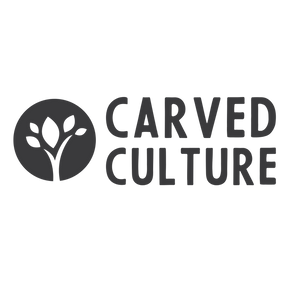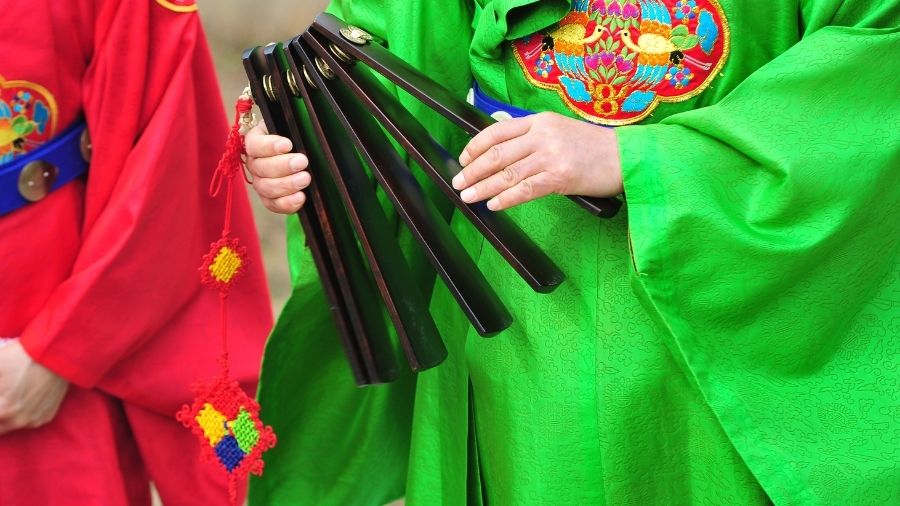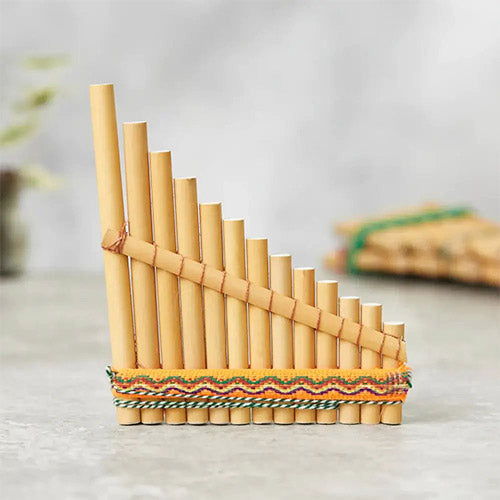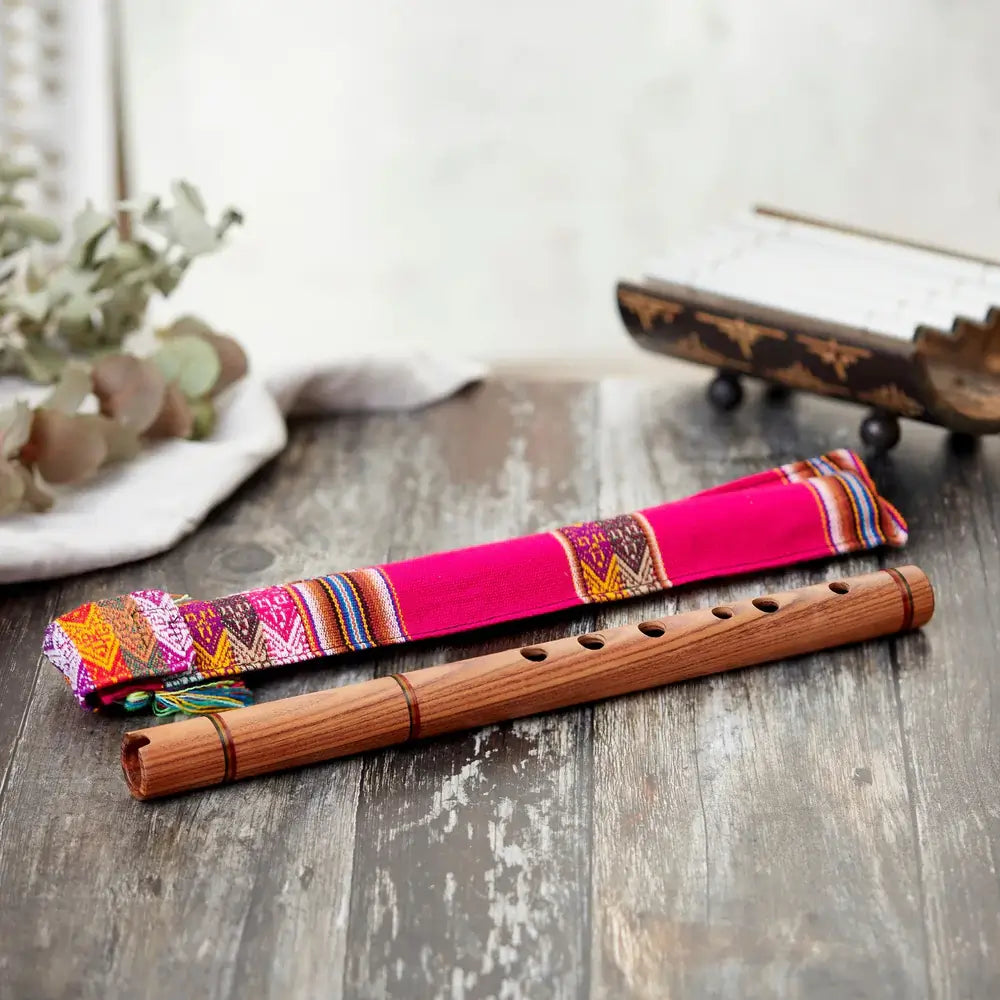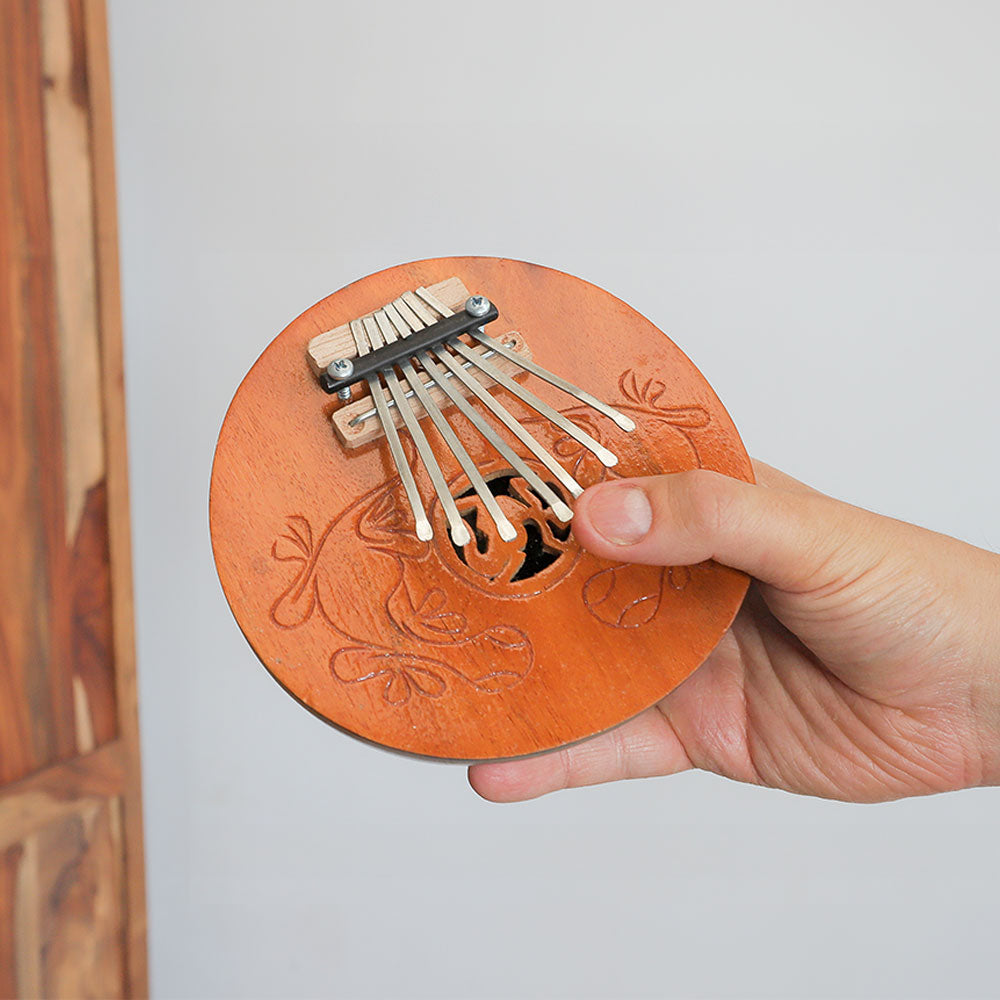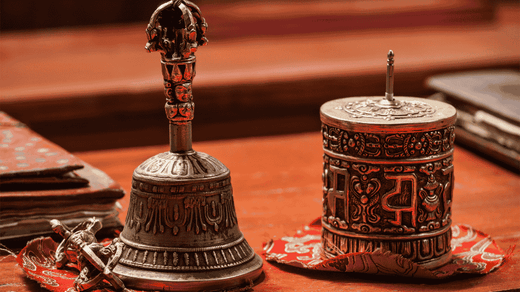In South Korea, contemporary and folk music have been played for centuries, and the music has a traditional style. Instruments featured in various performances, including folk, court, and new-age music. This post will explore 10 traditional South Korean musical instruments that have shaped the country's music throughout history.
1. Gayageum

The gayageum is one of South Korea's most string instruments, often compared to the zither or the Japanese koto. It typically has 12 strings, although modern versions can have more. The gayageum is a traditional Korean string instrument, played by plucking its strings with either the fingers or a plectrum. Its sound is characterized by a warm resonance, capable of conveying both gentle and subtle tones and bold, striking melodies.
The gayageum is commonly used in Korean court music (Gugak) and folk performances and appears in contemporary music. Its rich, evocative tones remain essential to Korean cultural expression, resonating with the country's emotions and traditions.
2. Janggu

The janggu is a traditional Korean drum with an hourglass shape, played with two sticks. It is vital to Korean folk music and is used in solo and group performances. The drum offers a range of sounds depending on which side is hit: the larger side produces a deeper tone, while the smaller side yields a higher, sharper sound. This versatility makes the janggu essential in performances such as Samulnori, a form of Korean percussion music.
3. Haegum
The haegum is a two-stringed bowed instrument, similar to the erhu from China, and is a key component of traditional Korean orchestras. With a distinct, sharp sound, the haegum is used in traditional Korean court and folk music. It produces a dynamic sound and complements contemporary and traditional performances. The haegum is a stringed instrument with an extensive range.
4. Piri
The piri is a double-reed wind instrument often used in Buddhist rituals due to its unique sound, which is deep and sharp. It has a similar shape to an oboe and features in Korean music. Although typically used in performances due to its unique sound, it can also be played solo.
5. Haegeum
The Haegeum is a key bowed string instrument used in Korean music. Its unique tone adds a unique texture to Korean music, often enhancing traditional and modern performances. The haegeum is often featured in traditional performances, including Korean opera (Changgeuk) and theatrical performances. Historically, It has shaped Korean court music and regional folk music styles.
6. Daegeum

The daegeum is a large bamboo flute, often used in Korean court and traditional music. The daegeum has a unique sound due to its membrane covering. It is used in various Korean music styles, including band performances, ceremonies, and celebrations. The daegeum produces a humming-type sound, which is created by using different breathing patterns and the placement of the fingers.
7. Sogo
The sogo is a small, hand-held drum in Korean folk music and dance. It is commonly played by accompanying traditional Korean performances, such as the Goryeo-era performance. The drum is played by using the hand or a stick.
8. Changgo
The Chang Go is a traditional Korean barrel drum played in a variety of settings, such as celebrations and folk music. Its sound is crisp, and it creates a good flow within the music. In faith ceremonies, it evokes high energy and creates a calming atmosphere.
9. Kim (Zither)

The Kim is a traditional Korean zither similar to the gayageum but with fewer strings and a different playing style. Played with a pick or fingers, the kim produces a distinctive sound that complements other instruments in ensemble performances. Its quiet intimate tone makes it perfect for background music in traditional Korean performances. Though not as commonly seen as the gayageum, the kim remains a traditional instrument tied to Korean folk music.
10. Buk
The buk is a traditional Korean drum larger and deeper than the janggu. It is used primarily in Korean music. Due to its meaningful sound, it is used in ceremonial music and spiritual communities. The buk adds depth to the music and is common in Korean folk music.
Want to see the full collection? Click here to explore more!
